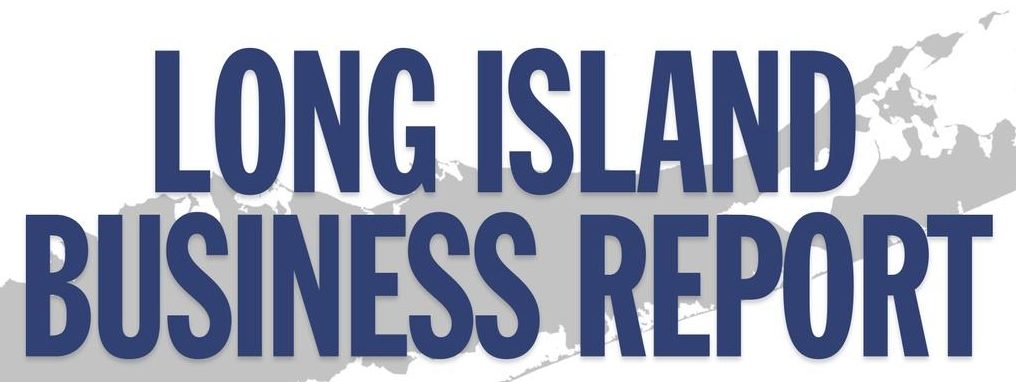Facial Recognition Streamlines Your Time Tracking
The pandemic forcing millions out of traditional jobs has had them turning to remote work; by 2025 an estimated 22% of the workforce will work remotely. As they come however, new problems with working from home start to arise. Since the beginning of COVID-19, nearly half of remote workers have experienced burnout as the boundaries between work and home start to fall apart. 43% of those who work remotely are more likely to work over 40 hours a week, and 22% find it difficult to unplug from their jobs. This burnout and stress felt by so many can lead to disorganization, further causing lower productivity and even more stress.
Keeping a better track of time can help smooth out many problems that aren’t large on their own, but can easily pile up into larger issues. Time tracking helps employees identify where their time is being spent, which helps in a number of different ways. It’s used to track more long term progress, prioritize different tasks based on how important they are and how much time they need, organize employees’ work days better, and help them focus while working. For businesses, keeping track of time like this can help with transparency into work processes, increase accountability in employees, help understand how efficient billing and operational practices are, where more time and resources are needed, and tracking where the budget is being spent.
Learn how easy it is to save time and money with automatic time tracking here:

Source: TrackTime24.com



